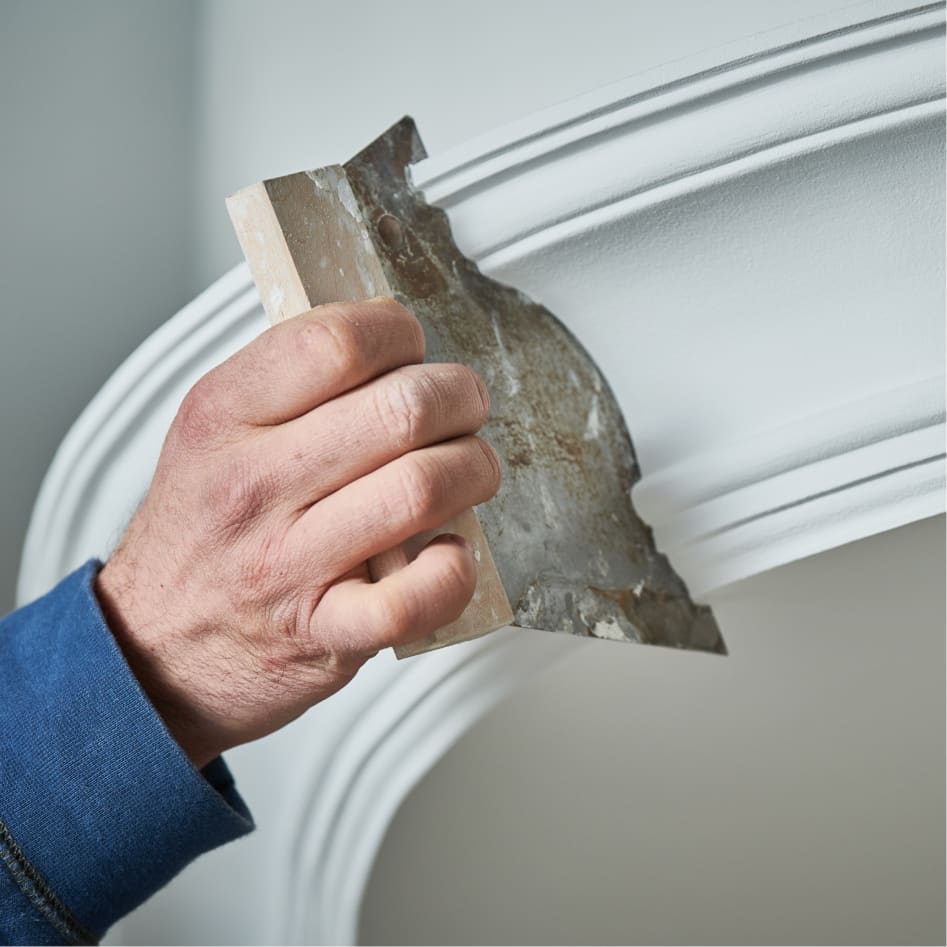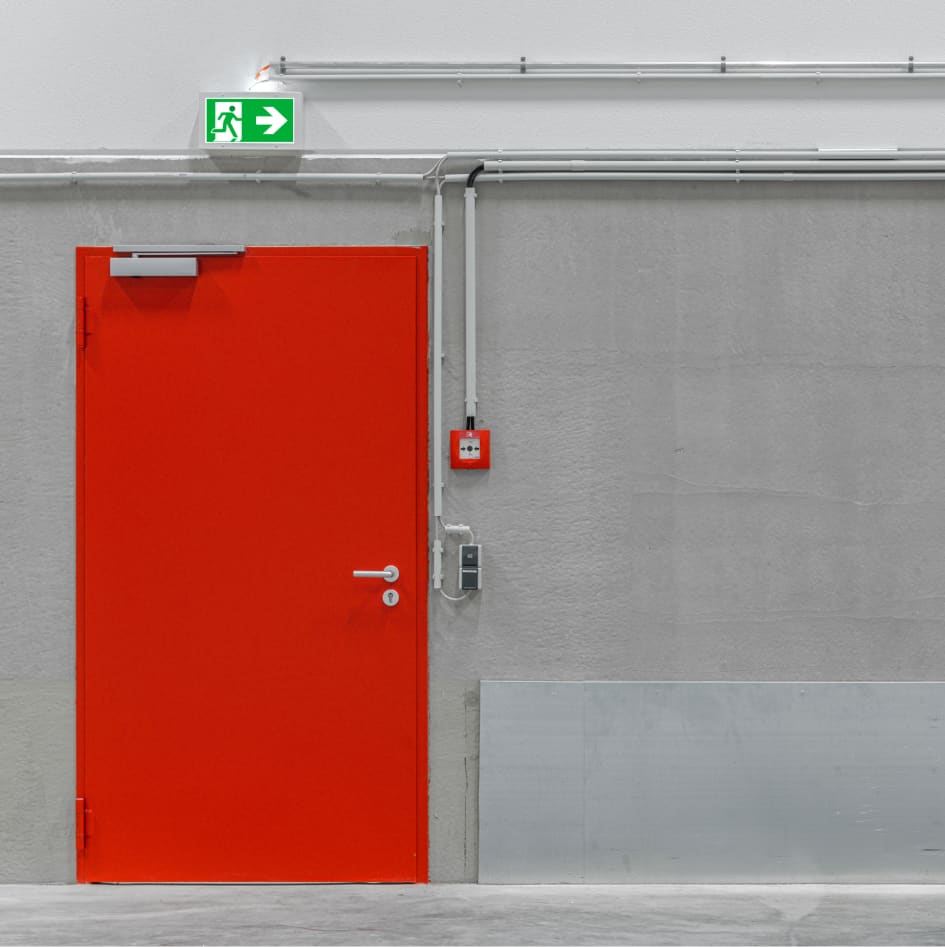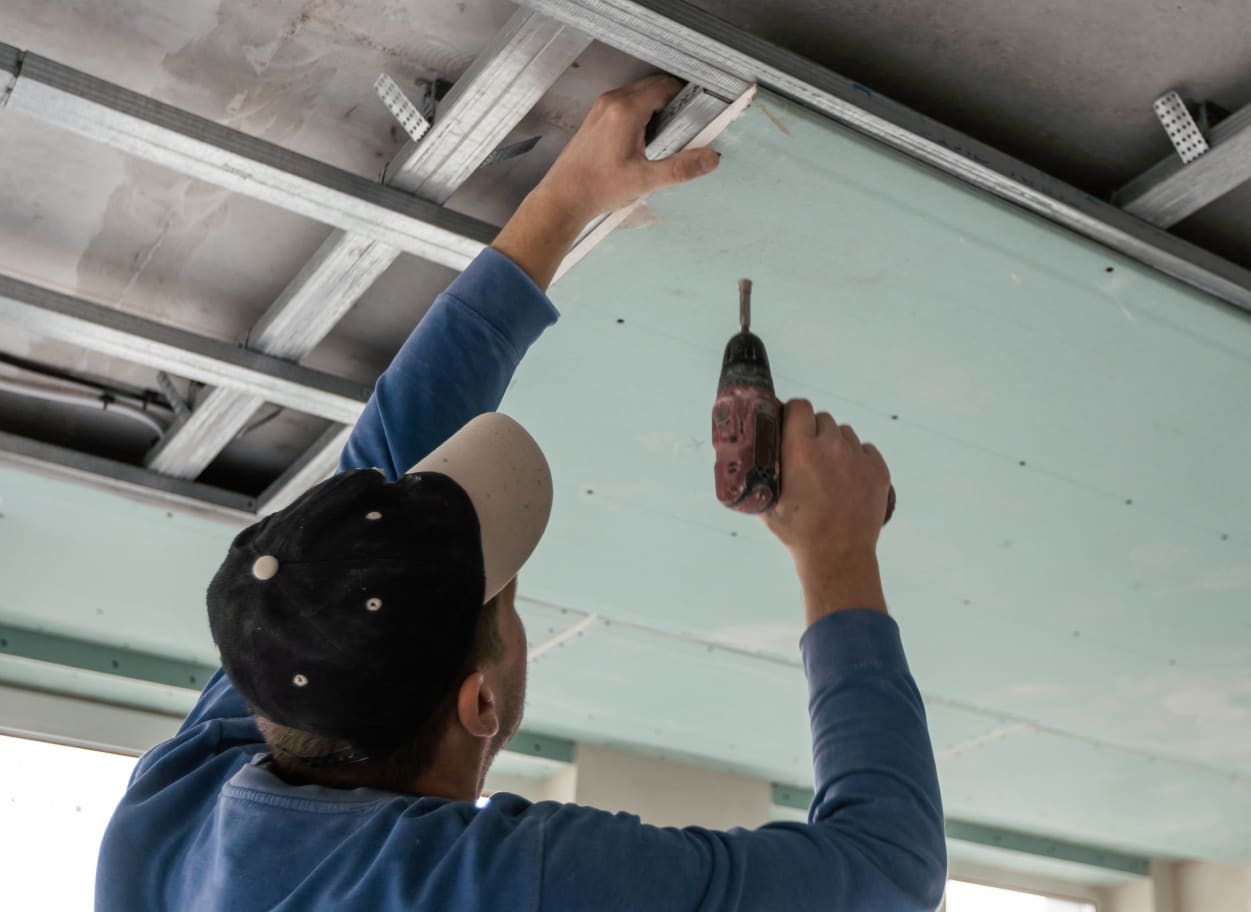Gypsum Board

Gypsum board, also known as drywall or plasterboard, is a widely used building material for interior wall and ceiling construction. It consists of a gypsum core sandwiched between layers of paper or fiberglass. Gypsum board offers ease of installation, fire resistance, sound insulation, and a smooth surface for finishing.
1. Gypsum Extraction
Gypsum is a mineral that is found in large deposits worldwide. The first step involves mining or quarrying gypsum ore from the earth’s crust.

2. Crushing and Grinding
The extracted gypsum ore is crushed into smaller pieces and then finely ground into a powder. This powdered gypsum is called hemihydrate or plaster of Paris.
3. Mixing and Forming the Core
The powdered gypsum is mixed with water to form a slurry. The slurry is then poured onto a moving conveyor belt and covered with a layer of paper or fiberglass sheets.
4. Setting and Drying
As the gypsum slurry moves along the conveyor, it starts to solidify. The chemical reaction between water and the hemihydrate gypsum converts it into dihydrate gypsum, which is a stable, crystalline form. The board is then passed through a drying chamber to remove excess moisture.
5. Finishing
After the gypsum board is dried, it is cut into specific lengths and subjected to finishing processes. The edges of the boards are squared, and the surfaces are inspected and smoothed for a uniform finish.
6. Packaging
The finished gypsum boards are bundled, stacked, and prepared for shipment to construction sites or distribution centers.
Common uses of Gypsum Board
Wall and Ceiling Construction
Gypsum board is primarily used for constructing interior walls and ceilings in residential, commercial, and industrial buildings. It provides a smooth, flat surface that can be easily painted or finished with wallpaper.


Partition Walls
Gypsum board is commonly used to create partition walls to divide interior spaces in buildings. It offers flexibility in design, is lightweight, and provides acoustic insulation.
Fire-rated Assemblies
Gypsum board is known for its fire-resistant properties. It is used to construct fire-rated walls, ceilings, and enclosures, helping to contain and prevent the spread of fire.


Soundproofing
Gypsum board, when used with appropriate insulation materials, can enhance sound insulation in walls and ceilings, making it a preferred choice for sound-sensitive areas such as theaters, recording studios, or conference rooms.
Wet Areas
Special moisture-resistant gypsum board, known as green board or blue board, is used in areas prone to moisture, such as bathrooms, kitchens, and laundry rooms. These boards have additives that improve their resistance to moisture and mold growth.


Decorative Applications
Gypsum board can be shaped, molded, or textured to create decorative elements such as arches, niches, and ceiling designs. It can also be used for creating curved walls or unique architectural features.
Gypsum board is a versatile and widely used building material due to its affordability, ease of installation, and range of available sizes and types. Its properties make it suitable for a variety of interior applications in both residential and commercial construction.

Trust CORE Supply as your reliable source for high-quality Gypsum Board sourced from our trusted partner factories.